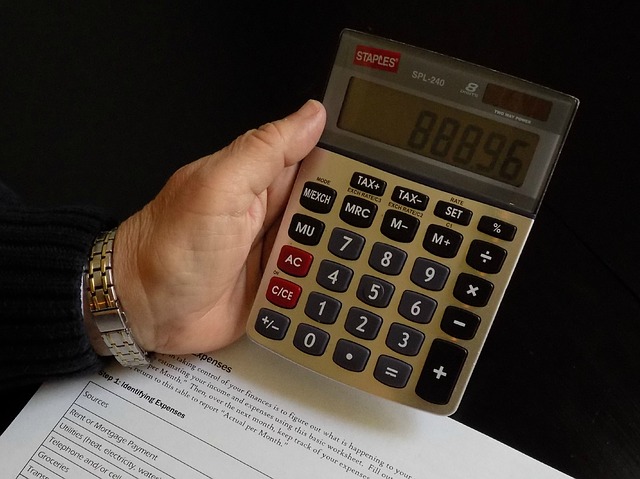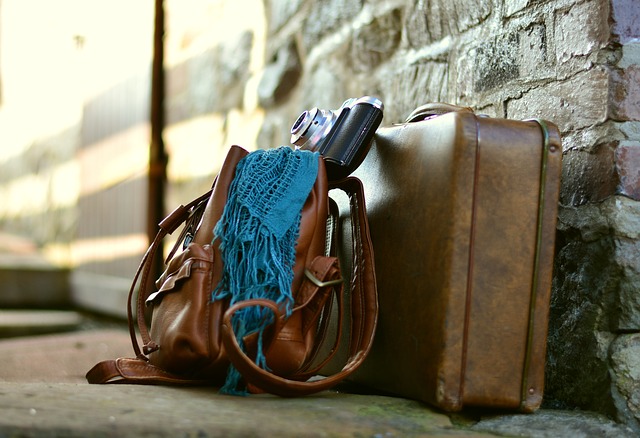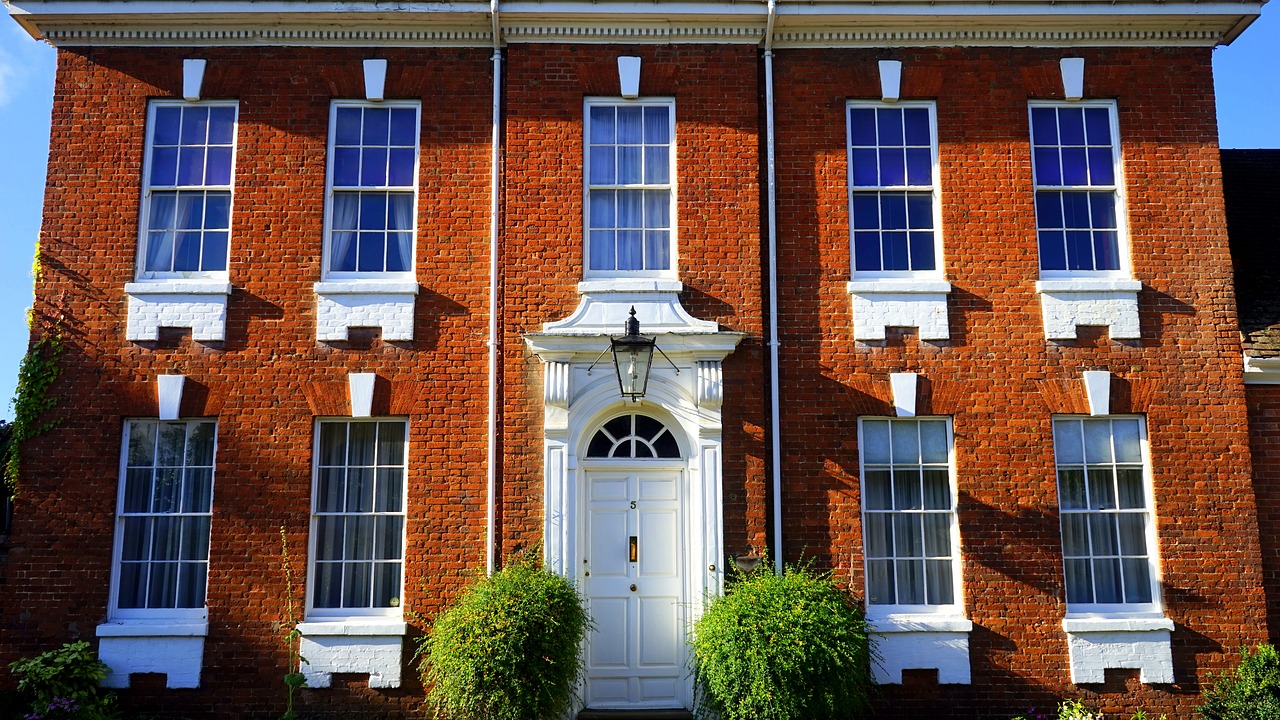Saving for a down payment on a home is a crucial step toward financial independence. Renting keeps people in a perpetual cycle of monthly housing payments, while homeownership provides the opportunity to pay down housing debt and gain equity in a property. Once you own a home, you benefit from real estate market increases, rather than simply paying more rent.
Down payments give you instant equity in a home. This saves thousands of dollars on interest payments. Many times, down payments, save on extra expenses like mortgage insurance.
Have a Strategy
Unlike retirement account funds, savings for a down payment will be needed within a few short years. With this shorter time horizon, it’s important to follow an investment strategy that maximizes return while shielding you from short-term market downturns. For example, financial advisor Rusty Tweed helps clients build wealth while hedging against near-term downswings.
As important as investment strategy and advice may be, you need savings before it can be of any help. In today’s world of high living expenses, saving for a down payment can be a challenge. Here are some expert tips for building a home down-payment fund.
Set A Goal
To set a goal, you first need a clear idea of what you are trying to achieve. Knowing you want to buy a home is great, but you need a more specific idea of how much you need. As explained by Money Under 30, determining this number starts with your stable income.
Financial experts recommend that housing expenses not exceed 28 percent of gross monthly income. For example, if your stable household income stands at $5,000 per month, your maximum budget would be $1,400 per month. The $1,400 includes the cost of the mortgage, taxes, insurance, and any homeowners association dues. Using an online mortgage calculator, you can determine the price range this payment allows. At a 4.5 percent interest rate, a $1,400 payment allows for a mortgage of approximately $175,000.
Have a Down Payment
20 percent is the ideal down-payment amount. In the above example, $35,000 would be perfect. This amount eliminates the mortgage insurance requirement and provides the best interest rate options; however, $35,000 may not be feasible for some borrowers. In that case, a 10 percent or even 5 percent down payment may provide decent mortgage options. =
Even at the smaller percentages, the down payment amount in this example is a significant amount of cash. Placing this cash somewhere safe that provides a decent return is very important. Check out this article on Rusty Tweed for a financial advisor’s perspective on savings and investment.
Set Your Budget
First, take a look at your budget and ask yourself how much you can realistically save. Then, as recommended by Talent Egg, write it down. Successful savers remember the adage: pay yourself first. If you want to get ahead, you must prioritize savings above other expenses.
When you’re on a tight budget, getting creative about saving money helps. There’s no better place to start than in the kitchen. Eating out is a great expense, but so are the convenience foods in the grocery store. With a little extra effort, you can break the convenience food habit and get healthier in the process!
Start Minimizing and Saving
Transportation costs are easy to overlook as money wasters. If you live in an expensive metro area, owning a car can cost a fortune; consider using public transportation and renting a car when you want to leave town. If you need a vehicle, be thrifty. Before deciding on a car, ask yourself what you want versus what you need.
Once you’ve started on your savings plan, it’s important to get educated on the real estate market where you intend to buy. Always look for local experts, who are in touch with trends in your desired area. For example, Rusty Tweed offers insights into the Los Angeles-area real estate market and the mortgage market. Owning a home is the American dream. By saving a down payment, you can make that dream a reality.












